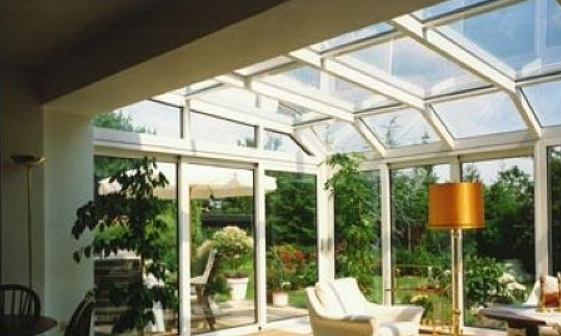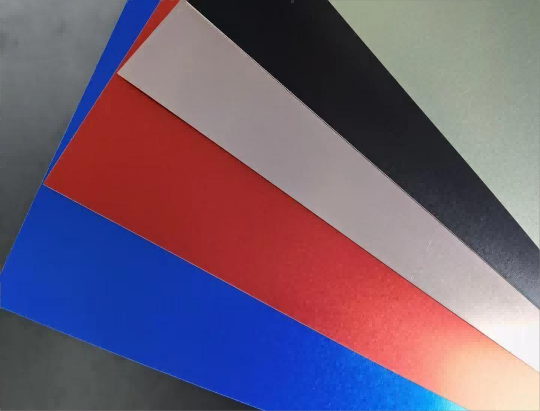Introduction
In the realm of materials science, aluminum stands out as a versatile and widely used metal with diverse applications across industries. However, one aspect often overlooked is how aluminum interacts with sunlight. In this article, we delve into the effects of sunlight on aluminum, exploring its implications in various contexts.
The Interaction between Sunlight and Aluminum
Aluminum, like many metals, absorbs and retains heat when exposed to sunlight. This phenomenon occurs due to the metal’s high thermal conductivity, allowing it to quickly absorb solar radiation and elevate its temperature. When aluminum surfaces are exposed to direct sunlight, they can heat up significantly, reaching temperatures that are uncomfortable to touch.

Factors Influencing Temperature Rise
Several factors influence the temperature rise of aluminum when exposed to sunlight. The intensity and duration of sunlight play a crucial role, with higher intensity sunlight and prolonged exposure leading to greater temperature increases. Additionally, the color and texture of the aluminum surface can affect its ability to absorb and retain heat. Darker and rougher surfaces tend to absorb more sunlight and heat up faster compared to lighter and smoother surfaces.
Implications in Practical Applications
The heating of aluminum surfaces under sunlight has practical implications across various applications. In construction, aluminum building materials such as window frames, roofing panels, and cladding systems can become hot to the touch when exposed to sunlight for extended periods. This can impact the comfort of occupants and the energy efficiency of buildings.

In transportation, aluminum components in vehicles, such as body panels, engine parts, and wheels, can experience temperature fluctuations due to exposure to sunlight. Understanding these thermal dynamics is essential for designing vehicles that are both durable and comfortable for passengers.
Furthermore, in outdoor recreational equipment and consumer electronics, such as aluminum-based furniture, cookware, and electronic devices, excessive heating under sunlight can affect usability and safety.
Mitigation Strategies
To mitigate the effects of sunlight on aluminum surfaces, various strategies can be employed. These include the use of surface treatments, coatings, or finishes that reflect sunlight and reduce heat absorption. Additionally, incorporating thermal insulation or shading mechanisms can help minimize temperature fluctuations and enhance comfort.

Conclusion
In conclusion, while aluminum is a valuable material renowned for its strength, lightweight, and corrosion resistance, its interaction with sunlight warrants consideration in practical applications. By understanding the effects of sunlight on aluminum and implementing appropriate mitigation strategies, we can optimize the performance, durability, and safety of aluminum-based products across diverse sectors.


